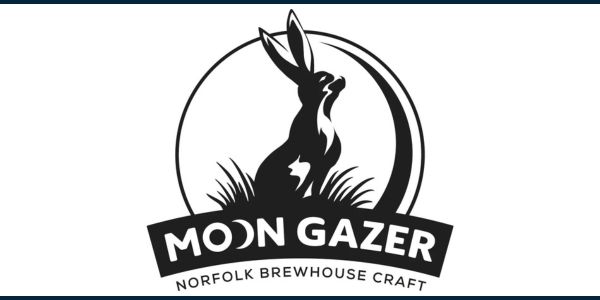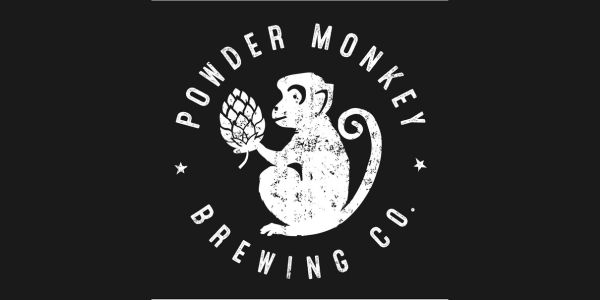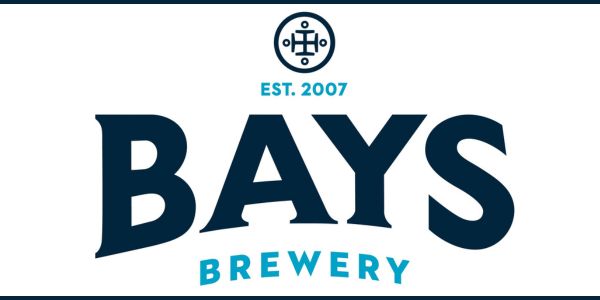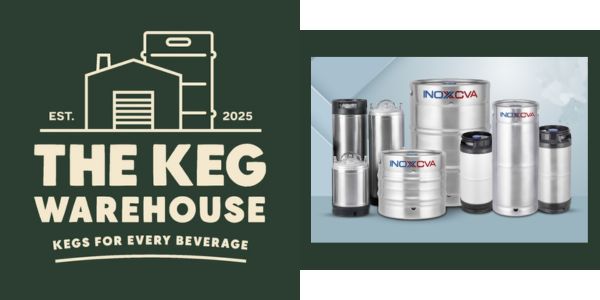By Roland Pahl, beer production expert at the Pall Corporation
Consumers are increasingly looking at whether brands conduct their business in a sustainable manner when making purchasing decisions.

Roland Pahl
Global advisory firm Deloitte’s Sustainable Consumer 2023 report states that more than half of shoppers believe a business’s commitment to climate change issues can influence their trust in the organisation.
Market research company Mintel’s 2024 Global Consumer Trends report reinforces this sentiment, stating that: “To stay ahead of their competitors, brands need to revisit their long-term projections to demonstrate meaningful and measurable progress towards sustainability targets, and quickly make changes based on changing circumstances.”
The direction of progress is clear: companies whose revenues depend on consumer spending cannot ignore the public’s demand for sustainable strategies. Half-hearted attempts at environmental activities will allow other companies with more robust credentials to gain a competitive advantage. Any actions must be authentic, however, otherwise allegations of greenwashing may be raised.
Beer manufacturers — as for other industries — are also facing increased pressure from international regulations to improve their environmental, social, and governance procedures. In the US, the Securities and Exchange Commission recently released the final version of its Climate-Related Disclosure requirements, requiring large publicly traded companies to disclose their scope 1 and 2 greenhouse gas emissions. Similarly, in the European Union, the Corporate Sustainability Reporting Directive requires companies to disclose the social and environmental impact of their business and how climate change affects them.
In beer production, what does sustainability and environmental impact actually mean? For many people, the focus might be on locally-sourced and ecologically-friendly ingredients, low-impact or recyclable packaging, reduced use of water, and a low carbon footprint for transportation.
Yet we also need to think about the whole value chain in brewing. Filtration is a key part of the process and contributes to the overall sustainability of a product. The removal of sediments of yeast, hops, barley, and malt is crucial in brewing as these are organic materials that will continue to change a beer’s characteristics if they remain in the liquid.
Filtering them out helps producers meet international standards on safety and quality, and ensures that the product is fit for human consumption and tastes and looks as marketed. Maintaining consistent standards requires good water quality, microbial stabilisation, sterile air, removal of contaminants, clarification, and final stabilisation and filtration before reaching the filling line.
Filtration in beer production has traditionally been done using a mineral called diatomaceous earth (DE), a powder made from fossilised algae, known as diatoms. It can be put into canisters or on mesh plates to filter the liquid and its single-cell structure can trap and absorb impurities. DE has a multitude of uses — it was used in the second world war to filter drinking water for the US army and can be used as a pesticide. In small amounts it can also be used in toothpaste and cosmetics, acting as an abrasive agent, detoxifier, or skin moisturiser.
However, there are factors to consider when using DE in large volumes. It can cause respiratory, eye, and skin problems, and is potentially carcinogenic. Breweries must implement any necessary health and safety protection for employees, and food safety standard regulations also require analyses of both the dry DE powder and the beer after filtration.
From an environmental standpoint, every kilogram of dry power used creates 3kg of waste sludge, which must be disposed of and usually ends up in landfill. Using DE for filtration in beer also uses more water than other more modern filter systems.
As an alternative, beer can be filtered using systems that do not require DE. Crossflow membrane filtration is one system where the liquid flows tangentially across the membrane, which then traps the sediment of yeast, hops, barley and malt. The production of these systems generates up to 40% less carbon dioxide (CO2) than is used in the mining, transportation and disposal of DE. Crossflow membrane filtration of beer also requires fewer steps than using DE, resulting in up to 40% less water used.
Additionally, cold-water filtration through crossflow membranes negates the need for flash (quick) pasteurisation with a heat exchanger in order to create microbiological stabilisation, therefore reducing the amount of energy required. As well as the improved environmental impact of using crossflow membranes, these filtration systems have lower operational costs as there is no need to continually purchase and dispose of DE.
Pressure from social and political angles is slowly driving change. Astute brewers know that doing the bare minimum to comply with legislative directives will not be enough in the long run. To enhance their reputation and maintain consumer loyalty, these beer producers will be implementing new procedures and modernising their systems to lay the groundwork for a better, more sustainable future.
About the author
Roland Pahl is a beer production expert at Pall Corporation. He has worked in brewing research and education for more than two decades.











